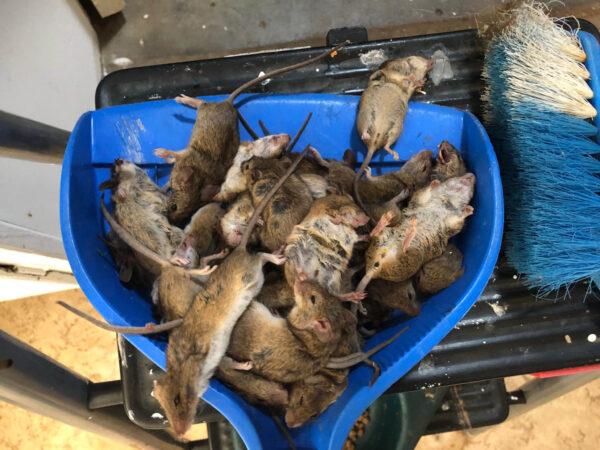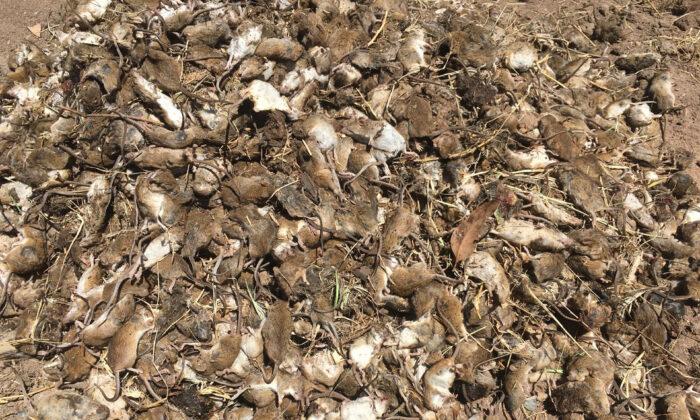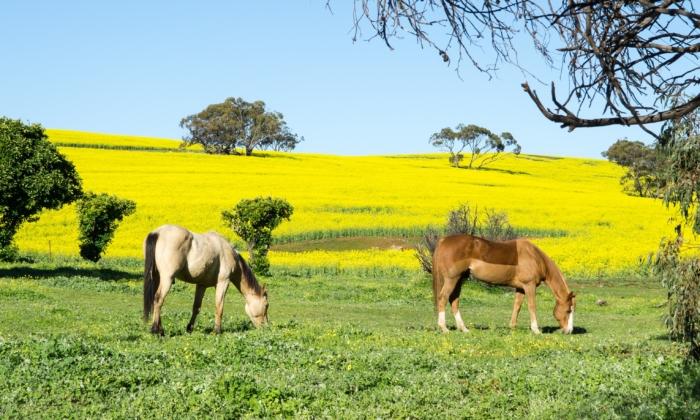Australia farmers in the state of New South Wales (NSW) are being urged to be on the lookout for mice in their paddocks amid reports of increased numbers of the rodents in the northern parts of the state.
Millions of dollars worth of crops were destroyed during last year’s mouse plague, which also caused extensive damage to farm machinery, vehicles and buildings.
NSW Farmers Vice President Xavier Martin is urging farmers to start surveying their properties for signs of rodent activity in a bid to avoid a repeat this year.
“We need everyone to use their chew cards but also to keep an eye out for mice, and report any rise in numbers,” Martin said on Monday.
“Let’s make sure we all get out of the ute and into the paddock to make sure we avoid another plague.”

CSIRO research scientist Steve Henry told AAP during last year’s plague it could be hard to notice growing numbers of mice before it becomes too late to combat them.
“Unless you are out walking through the paddocks you don’t actually see those signs of activity,” he said.
However, some farmers are choosing to increased baiting on their properties in a bid to suppress mice numbers.
The NSW government introduced a rebate for zinc phosphide bait last year.
CSIRO data indicated patchy numbers of mice in NSW but Martin said farmers were reporting more rodents running around their properties.
“What we don’t want to see is a repeat of last year’s mouse plague, so please if you see something, say something,” Mr Martin said.
A third of the farmers surveyed by NSW Farmers estimated their losses at between $50,000 and $150,000 during last year’s inundation.





